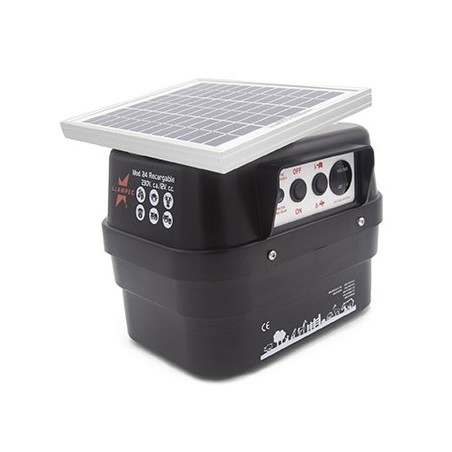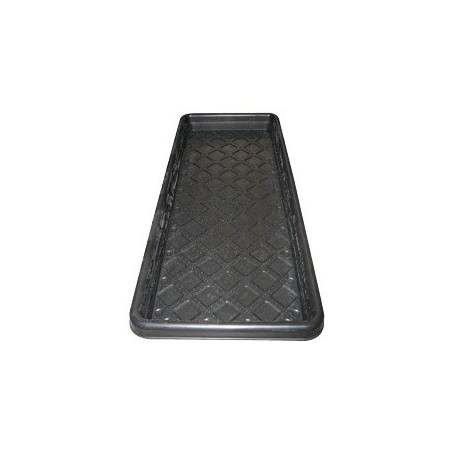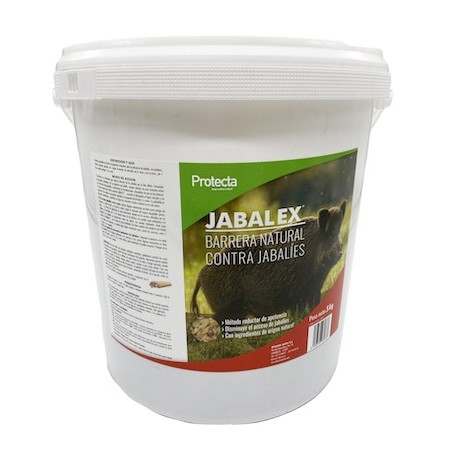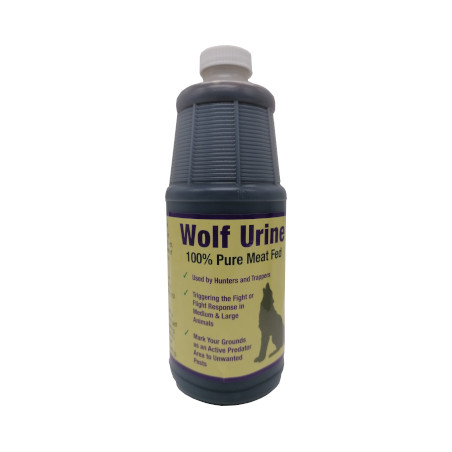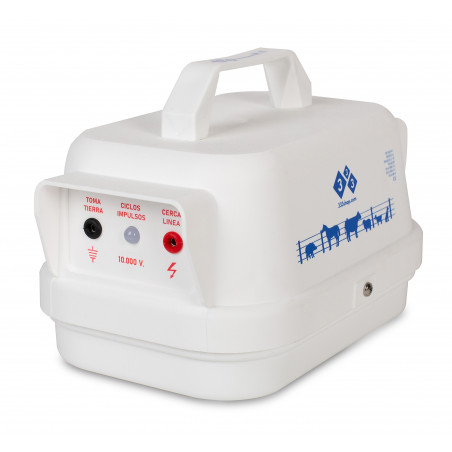The Consortium ENETWILD (established through a framework contract funded by EFSA) is focusing on the collection of wild boar abundance and occurrence data for the analysis of the risk factors of African Swine Fever (ASF) spread, and for the assessment of effectiveness of wild boar management measures in the affected areas.
ENETWILD now announces the release of a normalized wild boar data model (WBDM) to populate a common database, which later will be validated and shared.

The WBDM is composed of a list of fields to be recorded, including data and metadata (which describe data and information carried by the data). The WBDM is intended to be filled by data providers, as we identified you potentially are, representing all European regions and countries. We also encourage you to distribute further to anyone else able to provide such kind of data.
ENETWILD defined the data requested in this model and their technical specifications to offer a common frame to insert them; i.e. what we call the STANDARDS. These standards are essential in order to harmonize the way similar data coming from different sources is recorded and will assure wild boar data are correctly collected, shared; and finally used. This is why the model may appear complex at a first glace, but the effort and dedication we require will be very worthwhile, in order to make data comparable.
The data requested refer to wild boar (i) hunting statistics, (ii) density and (iii) occurrence, including absence data.
As the same data can be used for more than one purpose (e.g. hunting statistics can be used to estimate occurrence data), for each type of data (if you manage more than one) we recommend filling only one data model, which must be the most informative one (in the former example that should be the WBDM_hunting). Hunting statistics and density data models, if correctly filled, can always be converted a posteriori into occurrence (presence/absence) data.
Wednesday April 25, 2018/ ENETWILD/ European Union.
http://www.enetwild.com/blog/




